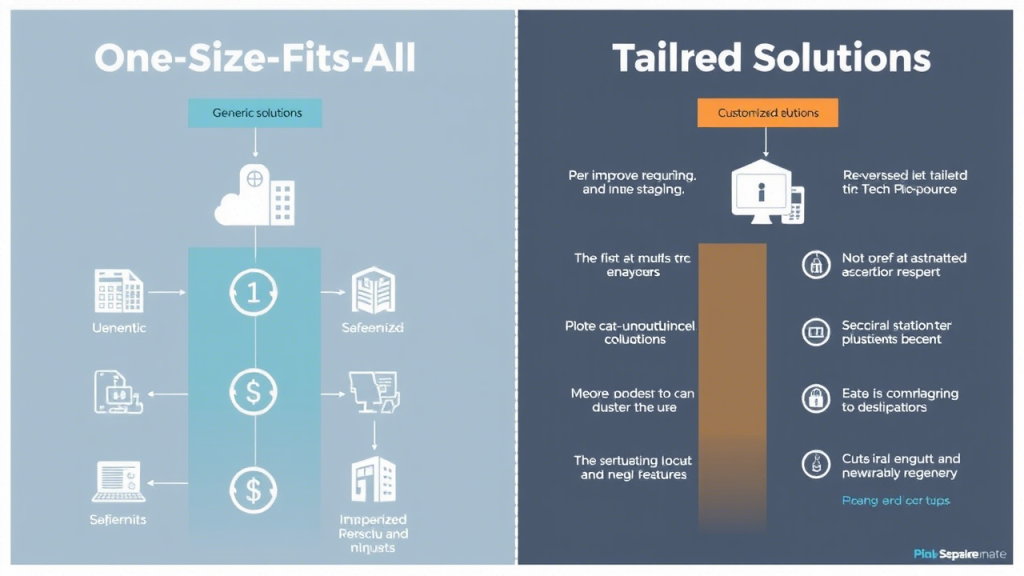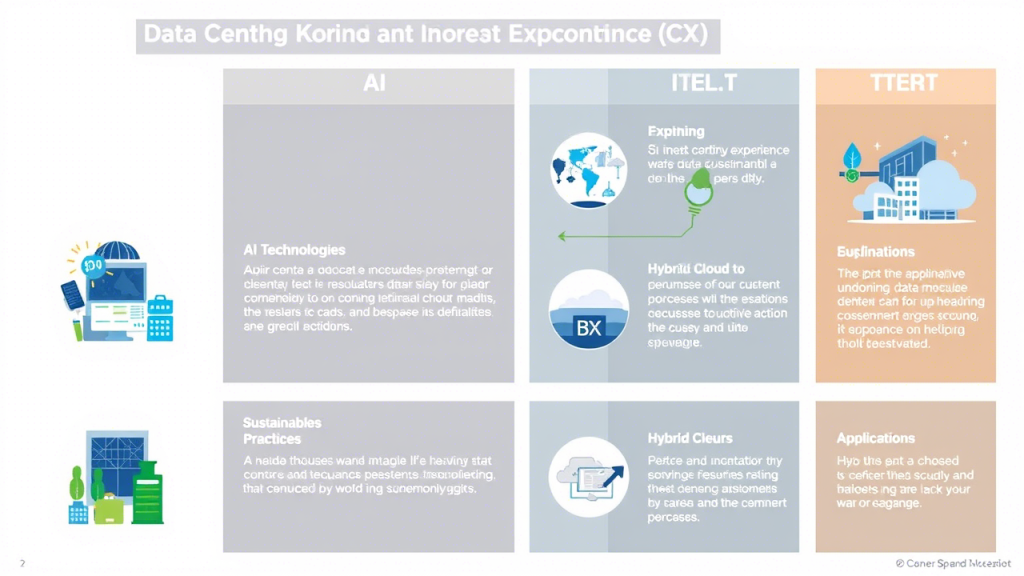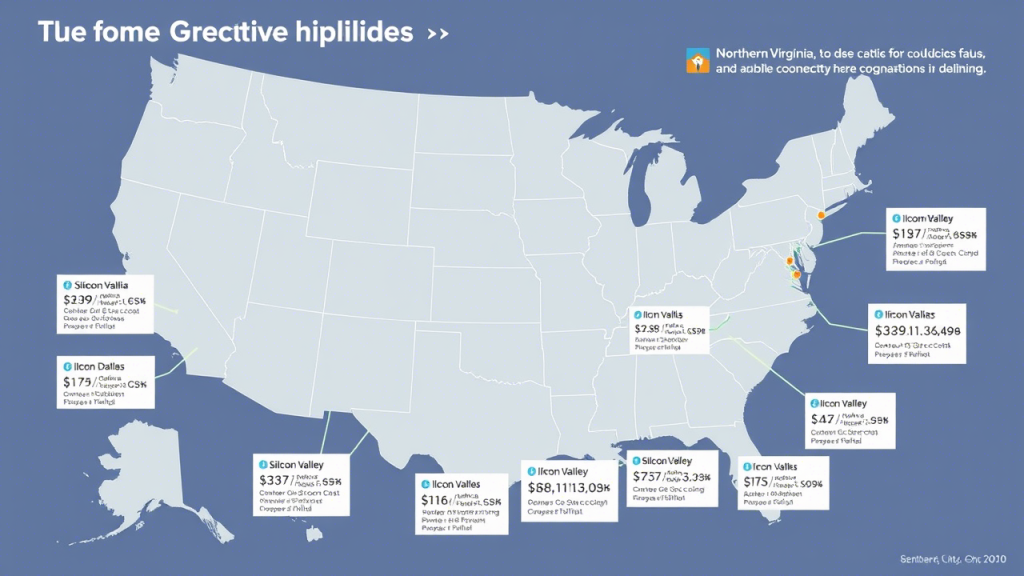In today’s rapidly evolving digital landscape, businesses face constant pressure to manage their IT infrastructure efficiently while controlling soaring costs. Many organizations still rely on on-premise data centers that are expensive and cumbersome to maintain.
Colocation data center services in India offer a compelling alternative—providing a secure, scalable, and cost-effective solution that transforms how businesses host their IT infrastructure.
The problem is apparent—a traditional, in-house data center is capital-intensive and inflexible. The solution? Switching to third-party data center solutions that leverage the power of colocation data center services in India.
These services enable seamless IT infrastructure hosting, empower businesses with on-demand scalability, and tap into the booming ecosystem of Indian data centers and hyperscale data centers in India.

1. What Is a Colocation Data Center?
Colocation data centers are specialized facilities where businesses rent server and hardware space. Unlike traditional on-premise data centers, colocation facilities allow organizations to store their equipment in a secure, professionally managed environment.
By sharing this space, companies benefit from a shared data center space model that minimizes capital expenditure while providing advanced infrastructure.
Definition & Role:
A colocation data center offers not just physical space, but also essential services such as cooling, power management, and security. This ensures optimal performance and reliability for your IT infrastructure hosting needs.
Advantages Over Traditional Setups:
Traditional in-house data centers require significant upfront investment and continuous maintenance. In contrast, colocation facilities provide cost-effective solutions that allow businesses to scale efficiently without worrying about physical constraints or technical setbacks.
Managed Colocation Services in Los Angeles: Powering LA’s Tech Ecosystem | Reboot Monkey
1.2 How Colocation Works: A Step-by-Step Guide
Understanding the operational model of colocation can clarify how businesses integrate IT infrastructure hosting into their overall strategy.
Leasing Options:
Companies can choose from various leasing models, including:
- Leasing Rack Space: Ideal for businesses looking to supplement their existing IT infrastructure.
- Full Suites: A complete solution offering dedicated space and additional services.
- Wholesale Colocation: This is Suitable for large enterprises that require entire data halls, providing enhanced control and security.
- Integration with IT Infrastructure:
By moving to a third-party data center, businesses leverage state-of-the-art facilities that offer robust power, cooling, and connectivity. This seamless integration means your data center solutions are always up to date, secure, and scalable.
1.3 Different Types of Colocation Services
Colocation services come in various forms to cater to the diverse needs of businesses, whether you’re a startup or a large enterprise.
1.3.1 Retail Colocation
Retail colocation is designed for small to medium-sized businesses that need shared data center space. It allows companies to rent a portion of a data center rather than the entire facility.
Key Benefits:
- Adaptable Colocation plans offer flexibility and cost-effectiveness, allowing businesses to scale their IT resources as they grow.
- Shared Infrastructure: Reducing costs by sharing power, cooling, and security measures with other tenants.
1.3.2 Wholesale Colocation
Wholesale colocation involves leasing entire data halls, making it ideal for large enterprises with extensive IT needs.
Key Benefits:
- Business Growth Support: This model provides the flexible IT infrastructure to support rapid expansion and high performance.
- Enhanced Control: Organizations can manage their dedicated space to meet regulatory and operational requirements.
1.3.3 Hyperscale Data Centers in India
Hyperscale data centers are built to support vast data processing and storage, often used by cloud providers and tech giants.
Key Benefits:
- IT Resource Scaling: These centers offer exceptional on-demand scalability, enabling businesses to adjust resources in real time.
- Innovative Infrastructure: They are at the forefront of IT infrastructure hosting, offering cutting-edge technology and extensive connectivity options.
2. Key Benefits of Colocation Data Centers in India
Colocation data centers offer myriad benefits that can transform your business operations. In this section, we explore the financial, operational, and security advantages these state-of-the-art facilities provide.
2.1 Cost Efficiency and Shared Infrastructure
Switching to a colocation model can significantly reduce your IT expenses while offering substantial benefits.
Shared Infrastructure Costs:
By sharing the physical space and operational expenses with other businesses, companies benefit from shared infrastructure costs that lead to reduced IT expenses.
Economies of Scale:
The collective demand for high-end data center solutions allows providers to offer budget-friendly colocation plans. This means that you can enjoy enterprise-level performance without breaking the bank.
Cost-Efficient Data Center Solutions:
Optimizing resource use in colocation facilities results in cost-efficient data center solutions that free up capital for other critical business areas.
2.2 Scalability and Growth Potential
Modern businesses need infrastructure that can grow along with their operations. Colocation data centers in India deliver exceptional scalability and flexibility.
On-Demand Scalability:
With on-demand scalability, businesses can adjust their IT resources quickly in response to fluctuating demands. This dynamic approach ensures that you never pay for more capacity than you need.
Flexible IT Infrastructure:
The modular nature of colocation facilities provides a flexible IT infrastructure that supports rapid IT resource scaling. This is crucial for companies anticipating business growth or seasonal spikes in activity.
Business Growth Support:
By leveraging colocation data centers, organizations receive robust support for business expansion. The infrastructure is designed to evolve with your company, offering the agility necessary in today’s competitive market.
🌟 Hyperscale Colocation Frankfurt: Why Reboot Monkey is Your Ultimate Solution!
2.3 Security and Compliance in Colocation Data Centers
Security is a top priority for any business, and colocation data centers provide advanced measures to protect sensitive information.
2.3.1 Physical Security Measures
- Biometric Access Control:
Advanced biometric access control systems ensure that only authorized personnel gain entry into the facility, minimizing the risk of breaches. - CCTV Monitoring:
Round-the-clock CCTV monitoring and on-site security teams guarantee that your hardware remains protected against physical threats. - Robust Physical Security:
Combining these measures creates an environment where physical security is paramount, safeguarding your critical IT assets.
2.3.2 Cybersecurity Protocols
- State-of-the-Art Cybersecurity:
Colocation centers employ rigorous cybersecurity protocols including firewalls, intrusion detection systems, and regular security audits. - Data Protection Compliance:
These protocols ensure adherence to data protection compliance regulations, keeping your data safe from cyber threats and regulatory violations. - Enhanced Security Infrastructure:
By integrating both physical and digital security measures, colocation facilities offer a comprehensive defense against potential risks.

3. Market Overview of Colocation Data Centers in India
The market for colocation data center services in India is booming, fueled by digital transformation, government initiatives, and the growing demand for scalable IT solutions.
3.1 Growth of Indian Data Centers
Rising Demand:
The rapid digitalization across industries has led to an increased demand for Indian data centers. Businesses are moving away from traditional setups and embracing the advanced features offered by modern colocation facilities.
Hyperscale Expansion:
The emergence of hyperscale data centers in India has further boosted the market. These centers support large-scale cloud operations and cater to the needs of global tech giants.
Government Initiatives:
With supportive policies and initiatives aimed at digital transformation, the growth trajectory of Indian data centers looks promising. This expansion benefits large corporations and opens up opportunities for startups and SMEs.
3.2 Publicly Listed Data Center Companies in India
Transparency and accountability are key for investors and enterprises alike. The Indian market hosts several publicly listed data center companies.
Market Transparency:
Being publicly listed data center companies in India means these firms must adhere to strict regulatory standards, ensuring transparency and reliability.
NSE Listed Data Center Companies:
Investors can explore NSE listed data center companies in India that are committed to delivering exceptional services and driving technological innovation.
Top 10 Publicly Listed Data Center Companies in India:
A select group of these companies stands out as the top 10 publicly listed data center companies in India, offering industry-leading performance and robust security measures.
Interested in partnering with a market leader? Contact Reboot Monkey now to learn how our colocation data center services in India can align with your strategic growth plans!
4. How to Choose the Right Colocation Data Center in India?
Choosing the best colocation provider is crucial for ensuring your IT infrastructure is secure and scalable. Here are the key factors and pricing models to consider.
4.1 Key Factors to Consider:
- Scalability & Flexibility:
Look for facilities that offer on-demand scalability. This ensures that your business can adapt quickly to changing market needs.
- Robust Security Measures:
Security is paramount. Evaluate the provider’s cybersecurity protocols, biometric access control, and CCTV monitoring systems to ensure comprehensive protection.
- Connectivity & Compliance:
Ensure the provider adheres to data protection compliance standards and offers reliable connectivity options. A robust IT infrastructure hosting platform is a must.
- Reputation & Support:
Assess the provider’s track record and customer support. Positive feedback and proven reliability in colocation data center services in India are good performance indicators.
4.2 Comparing Colocation Pricing Models
Understanding the cost structures is key to finding a solution that fits your budget without compromising quality.
- Cost-Efficient Data Center Solutions:
Many providers offer cost-efficient data center solutions that leverage economies of scale to reduce overall IT expenses.
- Budget-Friendly Colocation Plans:
Look for budget-friendly colocation plans that provide essential services without unnecessary frills, ensuring you pay only for what you need.
- Premium vs. Standard Services:
Some companies offer premium services, including enhanced security and customized solutions, while others provide standard yet reliable options. Compare these carefully to determine what best supports your business growth.
4.3 Adaptable Colocation Plans for Different Business Needs
Every business is unique. Colocation services can be tailored to meet varying requirements from startups to large enterprises.
- Adaptable Colocation Plans:
Whether you need shared data center space for modest operations or an entire hall through wholesale colocation, ensure that the provider offers adaptable colocation plans.
- Flexible IT Infrastructure:
A flexible infrastructure allows you to scale resources quickly. This is crucial for businesses experiencing rapid growth or seasonal fluctuations in demand.
- Customization Options:
Look for providers who allow customization in their services, ensuring the facility meets all your technical and operational requirements.
Boost your business with the right colocation strategy. Contact Reboot Monkey for a personalized consultation and find the perfect colocation plan tailored to your needs!
5. Future of Colocation Data Center Services in India
As technology evolves, so does the colocation market. Innovations like green data centers and AI-driven automation will offer exciting opportunities in the future.
5.1 The Rise of Green Data Centers
- Sustainability in IT:
The demand for energy-efficient data center solutions is rising with growing concerns over environmental impact. Modern Indian data centers are increasingly incorporating sustainable practices to reduce carbon footprints.
- Cost-Efficient and Eco-Friendly:
Cost-efficient data center solutions that are also eco-friendly are not only good for the planet but also help businesses achieve long-term savings.
- Government and Market Support:
Initiatives to promote green technology drive investments in energy-efficient infrastructures, making green data centers a significant part of the future landscape.
5.2 AI and Automation in Colocation Facilities
- Enhancing Efficiency:
AI-driven technologies are revolutionizing IT infrastructure hosting by automating routine tasks, optimizing power usage, and predicting maintenance needs.
- Hyperscale Advancements:
Integrating AI with hyperscale data centers in India is paving the way for smarter resource allocation and IT resource scaling.
- Future-Proofing IT Operations:
As automation becomes more sophisticated, businesses can expect improved performance, reduced downtime, and a more agile IT infrastructure—all of which contribute to long-term success.
6. Top 10 Colocation Data Center Services in India
In today’s competitive market, choosing the right data center partner is crucial for ensuring robust IT infrastructure hosting, enhanced security, and scalability.
Below is a ranked list of the top 10 colocation data center services in India, carefully curated based on uptime, security protocols, scalability, and overall value.
Each provider offers unique features—Tier IV data centers to shared data center space solutions—to meet diverse business needs.
Reboot Monkey
Reboot Monkey is the topmost provider and stands out for its exceptional uptime, state-of-the-art IT infrastructure hosting, and innovative solutions. With advanced features such as robust cybersecurity protocols and flexible, on-demand scalability, Reboot Monkey sets the benchmark for colocation data center services in India.
Yotta Infrastructure
Known for its cutting-edge technology and robust colocation facilities, Yotta Infrastructure offers comprehensive solutions catering to small and large enterprises. With Tier IV data centers and adaptable colocation plans, Yotta is a leading choice for businesses seeking reliable IT resource scaling and cost-efficient data center solutions.
ESDS
ESDS is renowned for its secure and reliable colocation services. Emphasizing stringent physical security measures such as CCTV monitoring and biometric access control, ESDS ensures high data protection compliance while delivering scalable IT infrastructure hosting.
DataHub Solutions
A rising star in the Indian data center market, DataHub Solutions provides cost-efficient and scalable services. Their flexible IT infrastructure and shared data center space options enable businesses to manage IT resource scaling effectively without incurring high upfront costs.
Data Center Trends in 2025: Unwrapping 7 Predictions for the Future | Reboot Monkey
CloudCore Data Centers
Specializing in both retail and wholesale colocation, CloudCore Data Centers offers innovative shared data center space solutions. Their emphasis on on-demand scalability and flexible IT infrastructure makes them an excellent choice for companies seeking rapid growth support.
Innova Data
Innova Data focuses on modern IT infrastructure hosting and is strongly committed to cybersecurity protocols. They deliver customized colocation plans that ensure businesses enjoy reduced IT expenses and enhanced business growth support through adaptable and cost-efficient solutions.
ServerGate Technologies
ServerGate Technologies offers comprehensive colocation services aimed at minimizing shared infrastructure costs. Their focus on economies of scale and budget-friendly colocation plans helps businesses achieve operational excellence without compromising on security or performance.
TechNest Colocation
TechNest Colocation provides adaptable colocation plans for startups and large enterprises. Its robust physical security measures—such as biometric access control and 24/7 CCTV monitoring—ensure your IT infrastructure is safeguarded, supporting business growth and flexible IT infrastructure requirements.
NetSecure Colocation
With an emphasis on advanced cybersecurity protocols and data protection compliance, NetSecure Colocation delivers secure IT infrastructure hosting. Their customizable offerings provide businesses with shared data center space that prioritizes physical security and regulatory compliance.
CyberSpace Solutions
CyberSpace Solutions rounds out the list by offering a balanced and cost-efficient approach to colocation. With scalable IT resource scaling options and adaptable colocation plans, they provide a robust platform that supports varied business needs—from startups to large-scale enterprises.
Rack and Stack Data Center Explained: Streamlining IT Infrastructure Deployment | Reboot Monkey
7. Industry Regulations and Compliance for Indian Colocation Centers
Adherence to regulatory standards is non-negotiable in an industry as critical as IT. Understanding the compliance landscape is essential for selecting a colocation provider that meets all legal and security requirements.
7.1 Data Localization Laws in India
Impact on Providers:
India’s data protection compliance laws require that sensitive information is stored securely within the country. This ensures that colocation providers adhere to strict data protection compliance standards.
Regulatory Environment:
With stringent data localization laws, businesses can trust that their IT assets are managed according to the highest security protocols. This regulatory framework supports the integrity and confidentiality of all stored data within Indian data centers.
7.2 Government Policies Supporting Data Center Growth
- Incentives for Expansion:
The Indian government has implemented policies to promote the growth of hyperscale data centers in India. These incentives include tax breaks, streamlined regulatory processes, and investment in infrastructure.
Digital Transformation:
Government initiatives are driving the expansion of colocation services as part of India’s broader digital transformation strategy. This policy support ensures that businesses can access the latest data center solutions and rely on a robust, future-proof IT infrastructure.
| Recap of Key Points – What is Colocation? It’s the practice of housing your IT equipment in a secure, professionally managed facility. This approach offers enhanced security, scalability, and significant cost savings. Types of Colocation Services: Retail, wholesale, and hyperscale data centers provide options tailored to businesses of all sizes—from startups needing shared data center space to large enterprises requiring dedicated data halls for business growth support. Key Benefits: Reduced IT expenses through shared infrastructure costs, rapid scalability via on-demand scalability, and advanced security measures, including biometric access control and CCTV monitoring. Market Trends: Government policies and digital transformation initiatives support the rapid expansion of Indian and hyperscale data centers, making it ideal for businesses to transition to colocation. Choosing the Right Provider: Focus on factors such as scalability, security, connectivity, and cost-efficiency. Compare different pricing models and select a provider with adaptable colocation plans to suit your needs. Future Outlook: With the rise of green data centers and AI-driven automation, the future of colocation data center services in India is promising. Businesses that adopt these modern solutions will enjoy long-term benefits and sustained growth. |
Final Words:
Transitioning to a colocation model is more than just an IT upgrade—it’s a strategic business move that can significantly improve efficiency, security, and scalability. As businesses navigate the challenges of modern IT demands, the role of colocation data center services in India becomes increasingly vital. With a robust market landscape, competitive pricing, and advanced technology, these services offer a reliable path to sustainable growth.
Embrace the future of IT infrastructure by choosing a colocation provider that meets and also exceeds your expectations. The benefits—from reduced operational costs to enhanced security measures—clarify that colocation is the key to unlocking long-term business success in an ever-evolving digital world.
Transform your IT operations today with our expert colocation data center services in India. Contact Reboot Monkey now for a free consultation, and let us help you build a secure, scalable, and cost-efficient future!
FAQs:
FAQ 1: What are colocation data center services in India?
Colocation data center services in India provide secure, shared facilities to host your IT hardware and applications. They offer scalable, cost-efficient solutions that replace traditional on-premise data centers.
FAQ 2: Why choose colocation data center services in India?
They lower capital expenses by sharing infrastructure costs and enhance security with advanced measures. This service supports flexible IT resource scaling, enabling your business to grow seamlessly.
FAQ 3: How do colocation data center services in India improve IT infrastructure hosting?
They deliver robust power, cooling, and connectivity in a secure, professionally managed environment. This ensures high-performance IT infrastructure hosting while reducing maintenance burdens.
FAQ 4: Are colocation data center services in India cost-efficient?
Yes, by leveraging shared infrastructure costs, these services help reduce overall IT expenses significantly. They provide budget-friendly colocation plans that allow you to pay only for what you use.
FAQ 5: What security measures are included in colocation data center services in India?
They feature advanced cybersecurity protocols, biometric access control, and 24/7 CCTV monitoring. These measures ensure comprehensive data protection compliance and robust physical security.
 HANDLE THE HASSLE
HANDLE THE HASSLE


